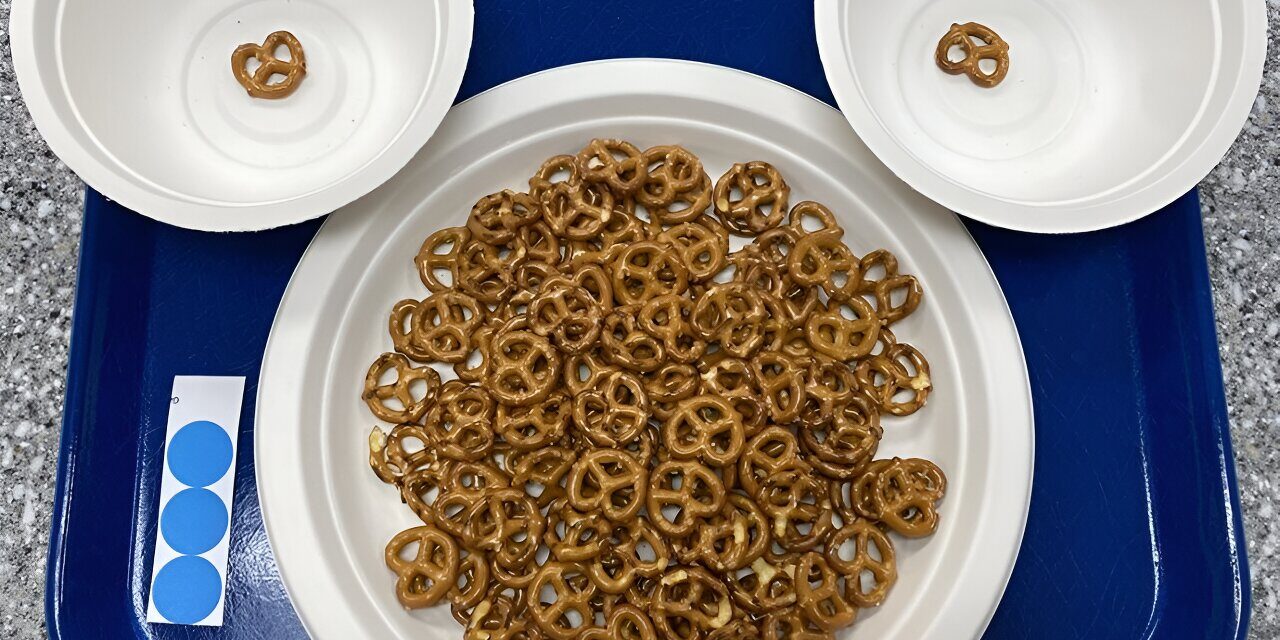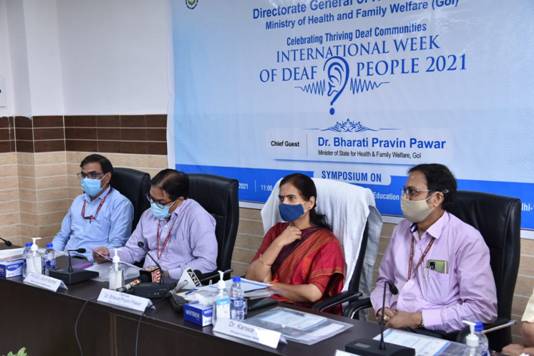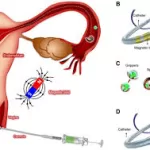In a world where snacking has become an integral part of daily life, researchers from Penn State have uncovered a surprising link between snack size and eating behavior. Their study, published in the journal Appetite, reveals that the size of an individual snack piece not only affects how quickly a person consumes it but also influences how much they ultimately eat.
With snacks contributing nearly a quarter of daily calorie intake in the United States, understanding the dynamics of snacking behavior has significant implications for managing calorie and sodium intake. Led by food scientists at Penn State, the study focused on investigating how the size of pretzels influences various aspects of eating behavior, including overall intake, eating rate, bite size, and snacking duration.
Seventy-five adults participated in the study, consuming snacks of three different pretzel sizes—small, medium, and large—on separate occasions. Video recordings captured each snacking session, allowing researchers to analyze eating rate, bite size, snacking duration, and overall intake. The results, available online and soon to be published in the June issue of Appetite, shed light on the intricate relationship between snack size and eating behavior.
The findings revealed that participants consumed significantly more of the larger pretzels compared to the smaller and medium-sized ones, indicating that unit size plays a crucial role in determining intake. Moreover, the size of the pretzel influenced eating rate and bite size, with larger pretzels prompting faster eating and larger bites.
According to corresponding author John Hayes, professor of food science at Penn State, these results suggest that food structure, including texture, size, and shape, can be leveraged to modulate eating behavior and food intake. By understanding how unit size influences intake through its impact on eating behavior, researchers hope to develop strategies to help individuals manage their snack consumption without sacrificing enjoyment.
Lead author Madeline Harper, a graduate student in food science, emphasized the overlooked relationship between pretzel size and sodium intake. While smaller pretzels may lead to higher sodium consumption due to their increased surface area, larger pretzels offer a potential solution for those concerned about hypertension or sodium intake.
The study’s findings underscore the importance of considering snack size in managing dietary habits, offering valuable insights into how food characteristics can influence eating behavior and calorie intake. As researchers continue to explore innovative approaches to promote healthier eating habits, understanding the nuances of snacking behavior remains a critical area of study.











